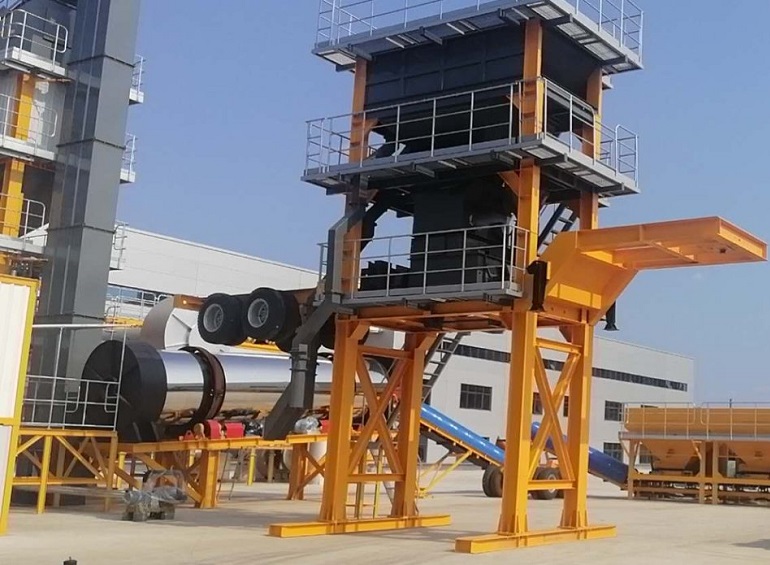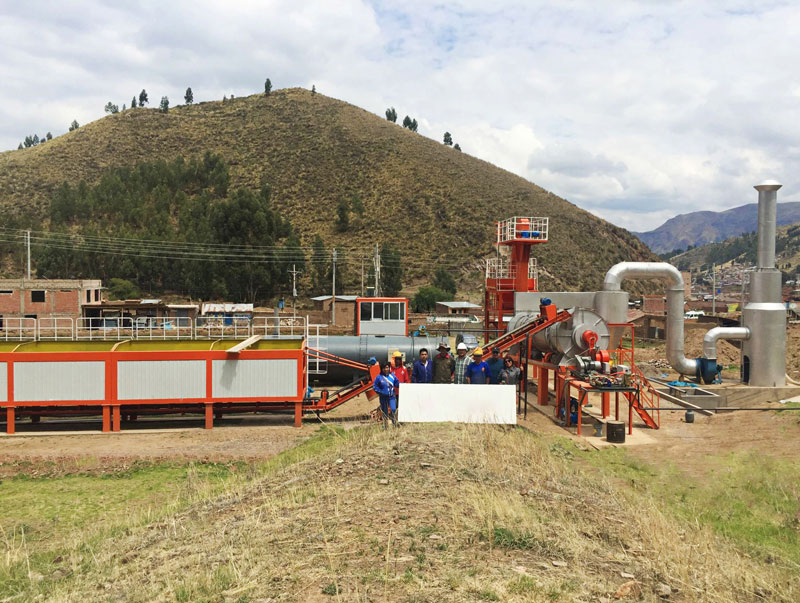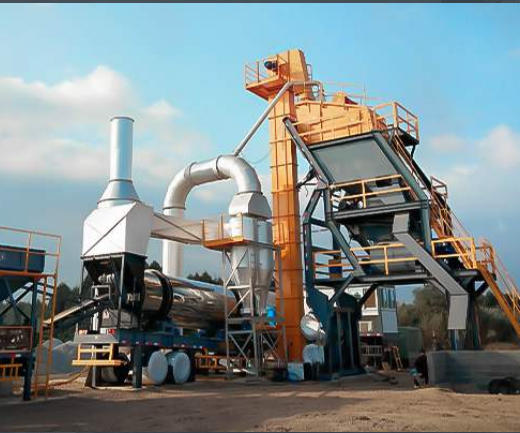How to deal with asphalt smoke in dust collector of asphalt mixing plant ?
There are many ways to treat bitumen flue gas, and the commonly used bitumen flue gas purification methods are as follows.
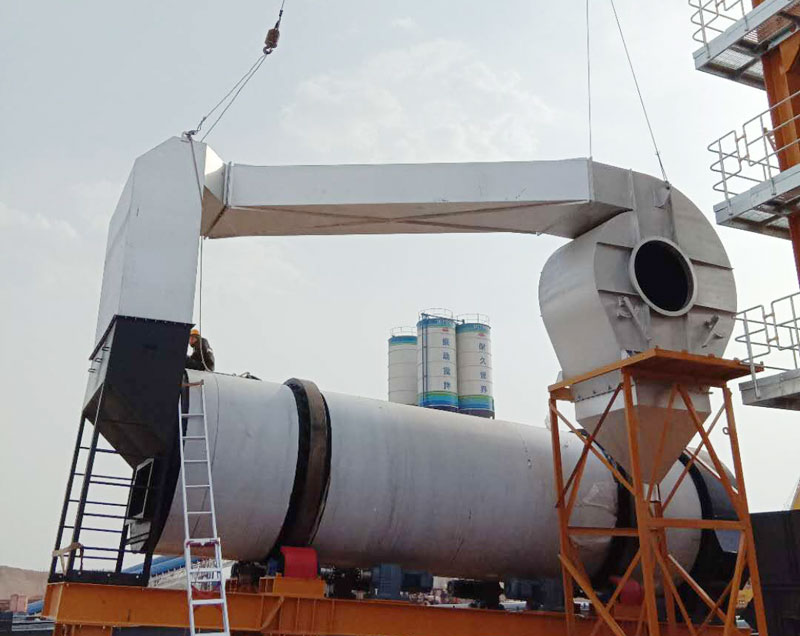
1. Mechanical separation method:
When the bituminous flue gas contains dust, spray steam or water mist into it to increase the diameter of the flue gas particles, and then separate the gas from the particles in the sedimentation chamber or cyclone to achieve the purpose of purifying the bitumen flue gas. Because the particle size of the dust is too small, even if the collision is used to increase it, it still cannot reach the suitable particle size for cyclone dust collection, and the dust collection effect is very poor, so the mechanical separation method is rarely used.
2. Condensation method:
The condensation method is used as an auxiliary method for the purification of asphalt flue gas. It is a treatment method used in conjunction with other purification methods (such as adsorption and absorption). Asphalt flue gas can increase the particle size of mist particles in the flue gas through condensation, which is beneficial to the purification of asphalt flue gas.
3. Absorption purification method:
The absorption purification method, commonly known as the washing method, is a commonly used industrial waste gas treatment method. It is a method for purifying the exhaust gas by using the different solubility of the mixed components in the exhaust gas in the selected absorbent (gasoline, diesel, etc.), or a certain component reacts with the active component in the absorbent.
Absorption purification method is applied to the treatment of asphalt flue gas, that is, the gaseous pollutants in the flue gas (actually fine tar particles of 0.1 to 1.0 u m) are transferred to the liquid phase (absorbent), thereby purifying the flue gas the goal of. For the relatively small amount of asphalt flue gas treatment after the dry bag dust removal of the asphalt concrete mixing plant, using water as the absorbent is the most economical and effective absorbent. After being adsorbed by water, the fine tar particles of asphalt smoke are basically insoluble in water, and will not react to produce a large number of new compounds. The vast majority of slick oil floats on the surface of the water. Used as fuel in coal burning. After multiple cycles, the concentration of the emulsion in the water will increase, which will reduce the treatment effect.
4. Filtration method:
The filtration method is a method that uses porous media to collide with the fine tar particles in the asphalt smoke to adsorb the fine tar particles in the smoke, thereby purifying the asphalt smoke. In principle, it should be a kind of adsorption method. This flue gas purification method has been used in the domestic waterproof industry for more than 10 years. It is also the most widely used asphalt flue gas treatment method.
Bag filter is one of the commonly used methods. But for the purification of asphalt flue gas, the filter bag needs to be oil-proof, waterproof, heat-resistant and corrosion-resistant. Although it has high purification efficiency, it cannot filter soot below 0.5 microns.
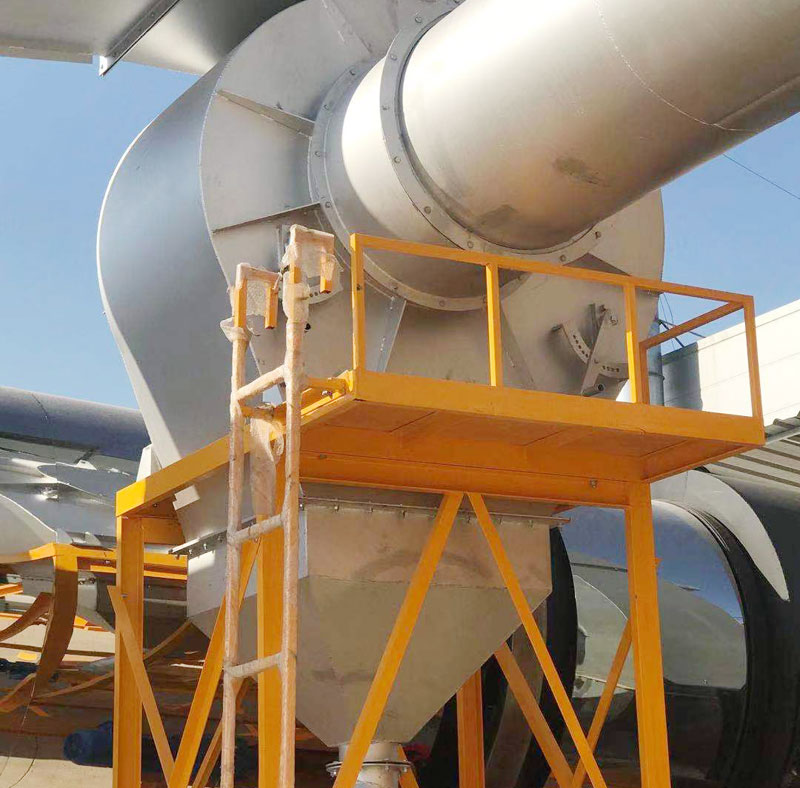
5. Adsorption purification method:
The adsorption purification method is to use porous solids (adsorption filter material) to accumulate or condense one or more components of the fluid (gas or liquid) mixture on the surface to achieve the purpose of separation, according to the operation of the adsorption filter surface and the adsorbate The difference between the forces is divided into two types of physical adsorption and chemical adsorption.
Adsorption purification is physical adsorption for asphalt flue gas treatment. Physical adsorption is caused by intermolecular gravitation, which is usually called "van der Waals force", which is a general term for directional force, inductive force and dispersion force. It is characterized by no chemical interaction between the adsorbent and the adsorbate, which is a reversible process, namely adsorption and desorption. Physical adsorption is generally not affected by temperature, but the amount of adsorption decreases with increasing temperature. Therefore, the condensation treatment of asphalt flue gas before adsorption purification can improve the purification effect. Choosing the right adsorption filter material is one of the keys to the adsorption purification method. As an adsorption filter material, it should generally have the following characteristics: it has a large adsorption capacity, that is, the adsorption filter material should be loose solid foam; it has good selectivity to achieve the purpose of purifying one or several pollutants; it has good The regeneration characteristics and wear resistance have adaptability to acid, alkali, water and high temperature.
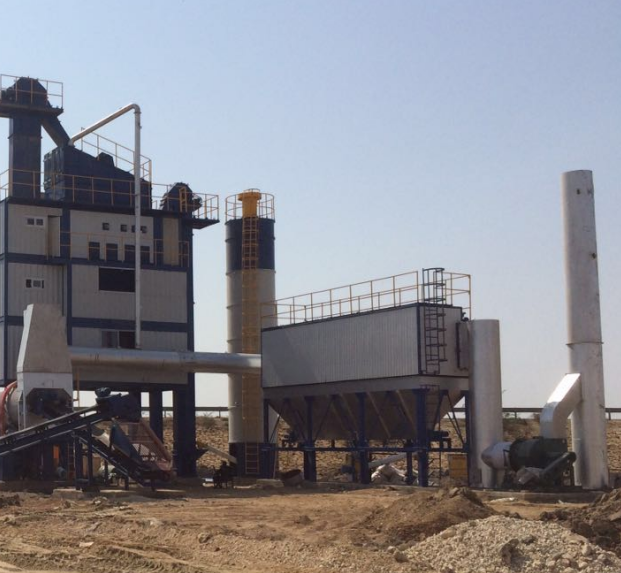
The main equipment of the asphalt flue gas adsorption purification method is a fixed-bed adsorber, which is generally a cylindrical vertical structure with a built-in grid or orifice plate on which filter material is placed. The asphalt flue gas passes through the container and passes through the filter material gap. After adsorption, it is discharged or enters the next process. The design calculation of the fixed bed adsorber is mainly considered from the two aspects of adsorption balance and adsorption rate, and the factors affecting the adsorption balance and adsorption rate of the fixed bed are mainly reflected in the size of the mass transfer zone, the shape of the transmission curve, Data on the time to reach the breaking point and the saturation of the filter material in the bed when the breaking point occurs are more complicated.
6. Electrostatic capture method:
Because the specific resistance of asphalt is suitable. No corrosive effect on metals. After being trapped, it becomes liquid, and the electrostatic trapping method has a good effect on the purification of asphalt smoke.
7. Combustion method:
That is, the asphalt flue gas is directly introduced into a special heating furnace for incineration, and after a certain period of high temperature incineration, the asphalt flue gas can be purified more thoroughly. This treatment is mostly used in the treatment of exhaust gas from oxidized asphalt plant, but the method requires large equipment investment and high operating cost. And it has great security risks.
8. Low temperature plasma dust removal technology:
Low temperature plasma technology is an efficient and new type of dust removal technology, which realizes the integration of dust removal, desulfurization and denitrification. The purification rate of soot can reach 98%, and the removal rate of organic volatile matter VOCs: ≥85%. It can collect ultrafine dust particles of 0.001~0.01μm.



 RU
RU MM
MM AR
AR
